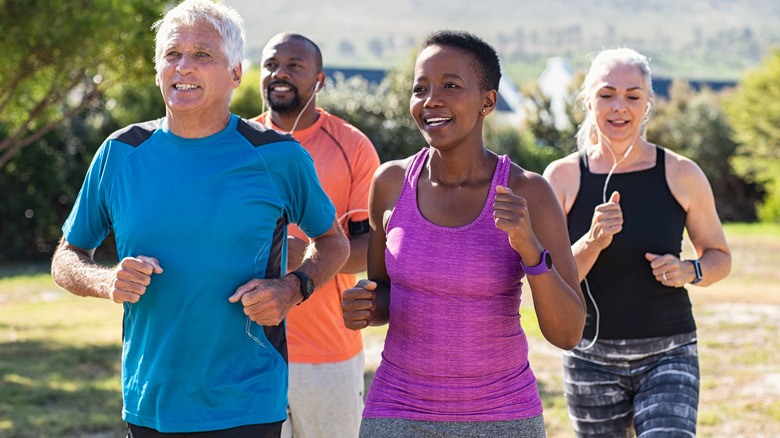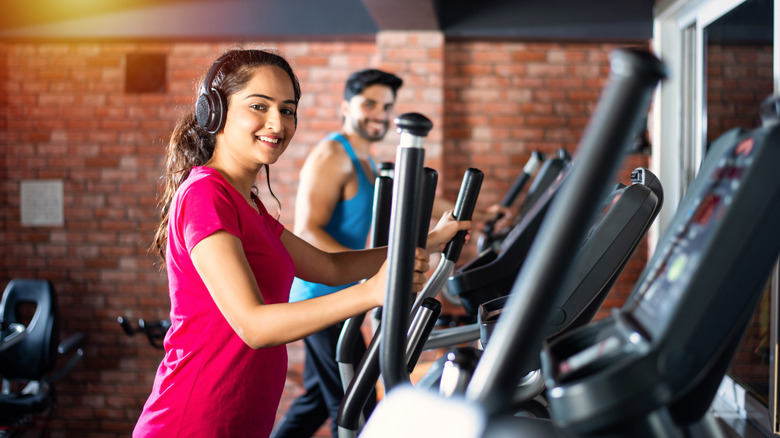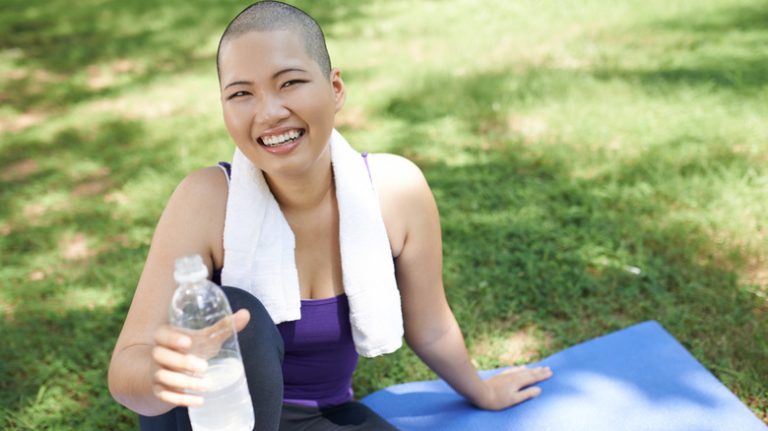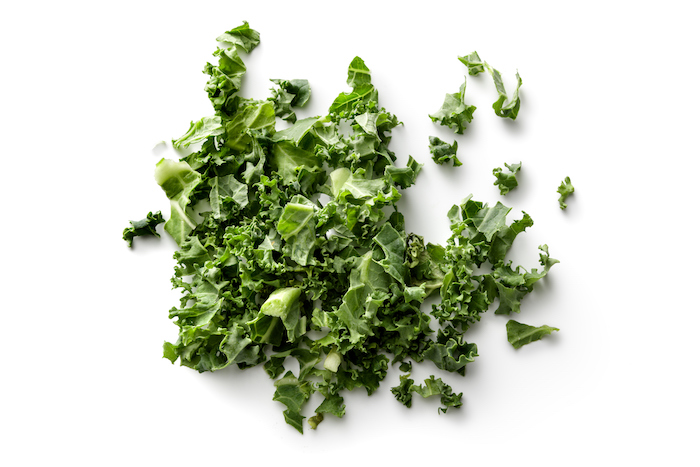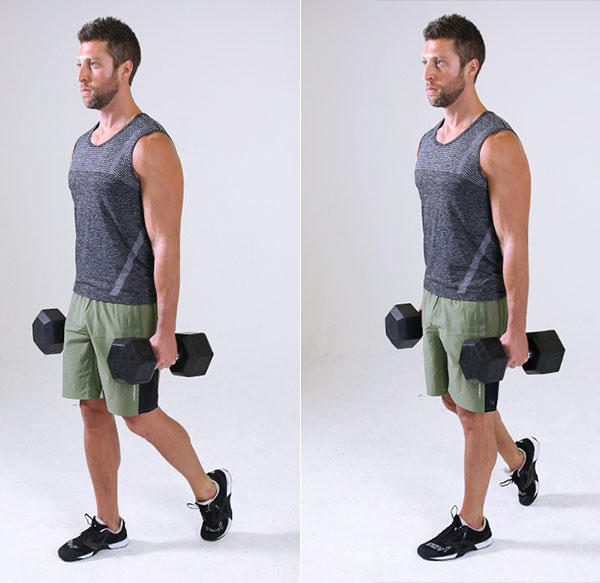You probably know how important exercise is for your overall health. The American Heart Association (AHA) reports that adding more exercise to your life can lower the risk of heart disease, stroke, type 2 diabetes, high blood pressure, dementia, and some cancers. You’ll probably sleep better, and your quality of life might improve. The AHA recommends adults get at least 150 minutes of moderate-intensity or 75 minutes of vigorous aerobic activity every week. A mix between the two spread throughout the week is even better. You’ll reap even more benefits if you can be active for 300 minutes per week. You should also try to incorporate some moderate- to high-intensity strength training into your exercise regimen at least twice a week.
But what is intensity, and does it have anything to do with impact? These two phrases may sound alike, but they’re different, and knowing the difference can help you find the best exercises that work for your body and fitness level.
Impact refers to how the exercises affects your body
Impact describes the force the exercise has on your joints. Low-impact exercises aren’t tough on your knees, ankles, or back. Exercises or movements that are low impact will be gentle and feel fluid, explains the American Sports and Fitness Association (ASFA). Examples of these kinds of exercises include yoga, walking, cycling, an elliptical machine, and swimming. You’re less likely to injure yourself with low-impact workouts. As a result, these are ideal for beginners and working out at home.
High-impact exercises are at the other end of the spectrum, meaning they put a lot of stress on your joints. The Canadian Chiropractic Association explains that jumping rope, jumping jacks, running, jogging, and plyometric moves are high-impact exercises. With these kinds of exercises, you have an increased risk of injury, especially in your joints, so if you do them, you need to make sure you are doing them correctly.
Intensity refers to perceived exertion
Intensity relates to how an exercise feels, and it can be low, medium, or high. With low-intensity exercises, you manage a steady, but not too fast, pace. Your heart rate shouldn’t be racing, and you should also be able to have a conversation without losing your breath, according to the Mayo Clinic. Walking, biking, yoga, and tai chi are examples of low-intensity exercises (via WebMD).
Moderate-intensity exercises are a step up from low-intensity ones. You should never be completely out of breath, but your breathing will speed up. After about 10 minutes, you should start to sweat lightly. On the other hand, vigorous, or high-intensity workouts will cause your heart rate to rise, and you’ll begin to sweat after just a few minutes. You’ll also probably be breathing deeply, and you’ll need to take breaths between words if you try to hold a conversation, per Mayo Clinic. Some workouts can be both. Aerobics, dancing, and tennis or a similar sport are forms of high-intensity workouts. Some high-intensity workouts, like jumping rope, will be high-impact, too. Some workouts, like walking, biking, or aerobics, can be low-impact, depending on how hard you want to push yourself.
